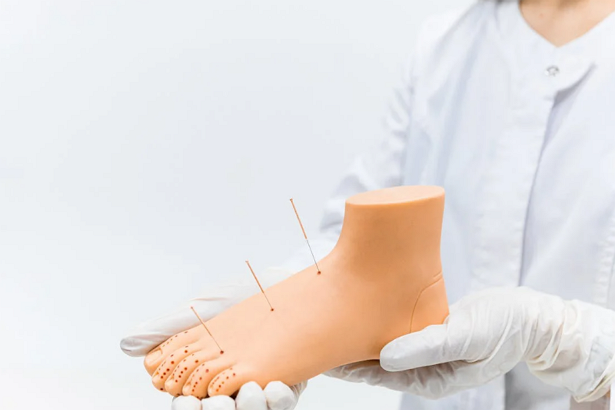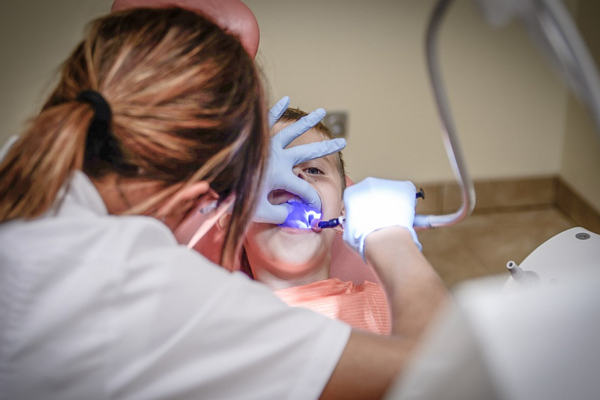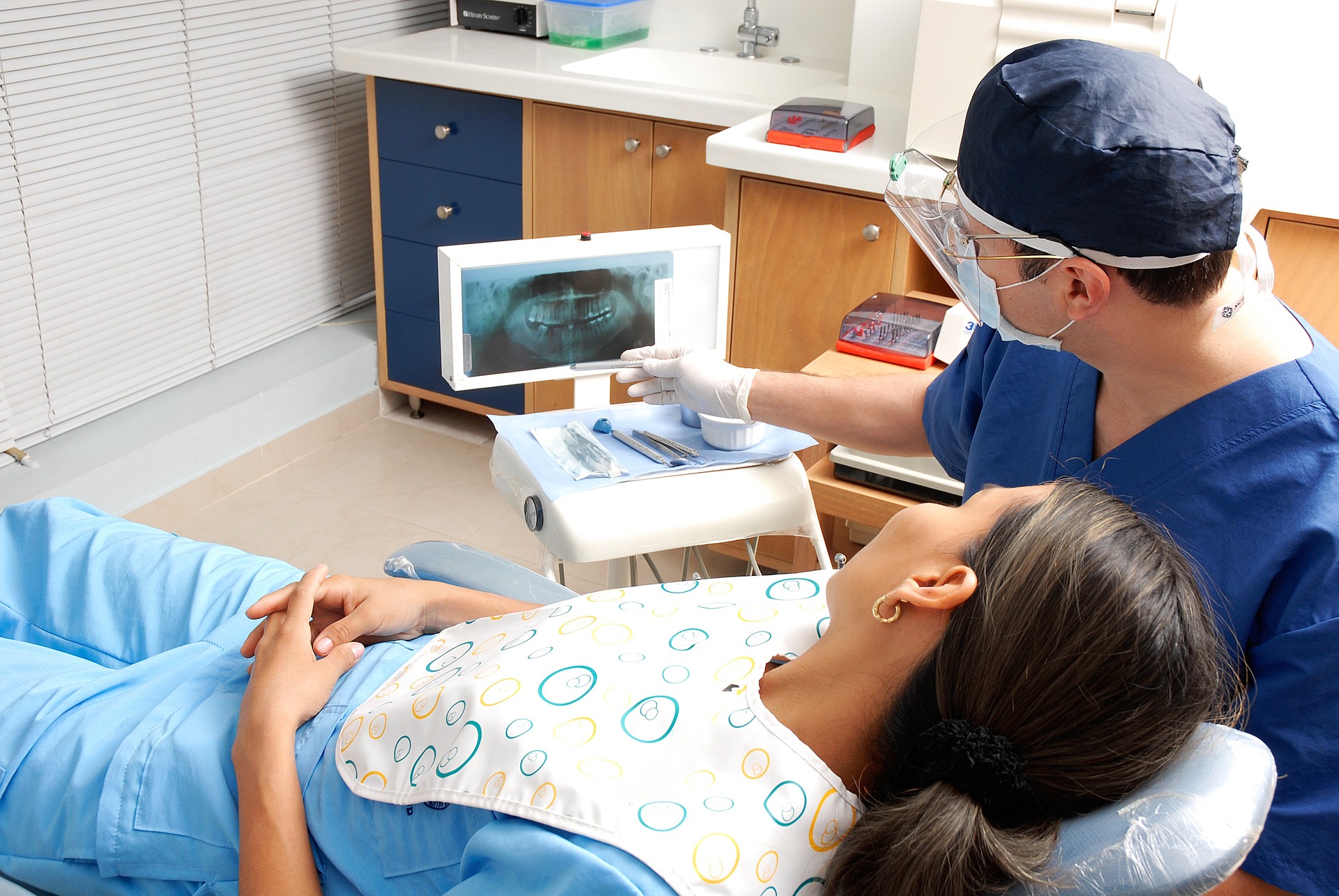
At a time when convenience is king, the healthcare industry has not remained untouched by the wave of innovation aimed at making services more accessible and user-friendly. Among the myriad advancements, the resurgence of a seemingly old-fashioned practice – the house visit – has made a significant comeback, especially in bustling urban areas like Brisbane.
This concept, modernised with the aid of technology and a focus on affordability, is reshaping how residents approach medical care, making cost-effective home healthcare solutions an essential aspect of the city’s health ecosystem.
The Rise of Home Healthcare Services
Gone are the days when the only option for medical consultation involved a trip to the doctor’s office, often accompanied by prolonged waiting times. Today, Brisbane’s health-conscious populace can access medical care in the comfort of their homes thanks to affordable house-call doctor engagements. This shift epitomises convenience and represents a significant leap towards making healthcare more inclusive and patient-centred.
Why Choose Home Doctor Services?
Opting for home doctor services comes with a series of advantages. Foremost among these is the unparalleled convenience it offers. Patients, especially those with mobility challenges, the elderly, or parents with young children, find it incredibly relieving to receive professional medical care without stepping outside their door. This convenience is further amplified for individuals with busy schedules or those seeking immediate medical attention outside conventional clinic hours.
Furthermore, home healthcare services tend to offer a more personalised care experience. Doctors can spend more time with each patient, allowing for a thorough examination and a better understanding of the patient’s environment, which can influence health outcomes. This one-on-one attention enhances the quality of care and fosters a stronger doctor-patient relationship.
Navigating Through Brisbane’s Home Healthcare Landscape
For residents of Brisbane, navigating the landscape of home healthcare services requires understanding what options are available and how they can be tailored to individual health needs. Services range from routine check-ups and chronic disease management to acute care visits and post-hospitalisation follow-ups. The key is to identify providers offering comprehensive services, ensuring that you and your loved ones have access to quality medical care whenever needed.
Integrating Home Healthcare into Your Life
Incorporating home healthcare into your routine is a straightforward process. It begins with identifying your healthcare needs and researching providers that align with your requirements in terms of services offered, availability, and, importantly, affordability. Recommendations from friends or family and online reviews can provide insights into the reliability and quality of care provided by these services.
The Future is Here: Embracing Home Healthcare
The evolution of home healthcare in Brisbane is a testament to the city’s adaptive and forward-thinking approach to medical care. As technology continues to evolve, so will the capabilities of home healthcare services, offering more advanced medical treatments and monitoring directly to patients’ homes. This ensures that Brisbane remains at the forefront of innovative healthcare solutions and guarantees that its residents have access to some of the most efficient and patient-friendly medical services available.
In Closing…
Adopting cost-effective home healthcare marks a significant milestone in Brisbane’s ongoing quest to provide accessible, high-quality medical care to all its residents. By embracing the convenience and personalised care that home doctor services offer, the city is setting a benchmark for locations worldwide.
In a world where healthcare needs constantly evolve, the commitment to providing affordable, accessible, and high-quality medical care in the comfort of one’s home is more than just a convenience—it’s a necessity.
In understanding the broader implications of healthcare trends, it’s beneficial to survey the impact of digital technology on patient care. This area, extensively discussed in medical and tech circles, offers valuable insights into how technology revolutionises healthcare delivery, promising a future where quality care is even more accessible and practical.







